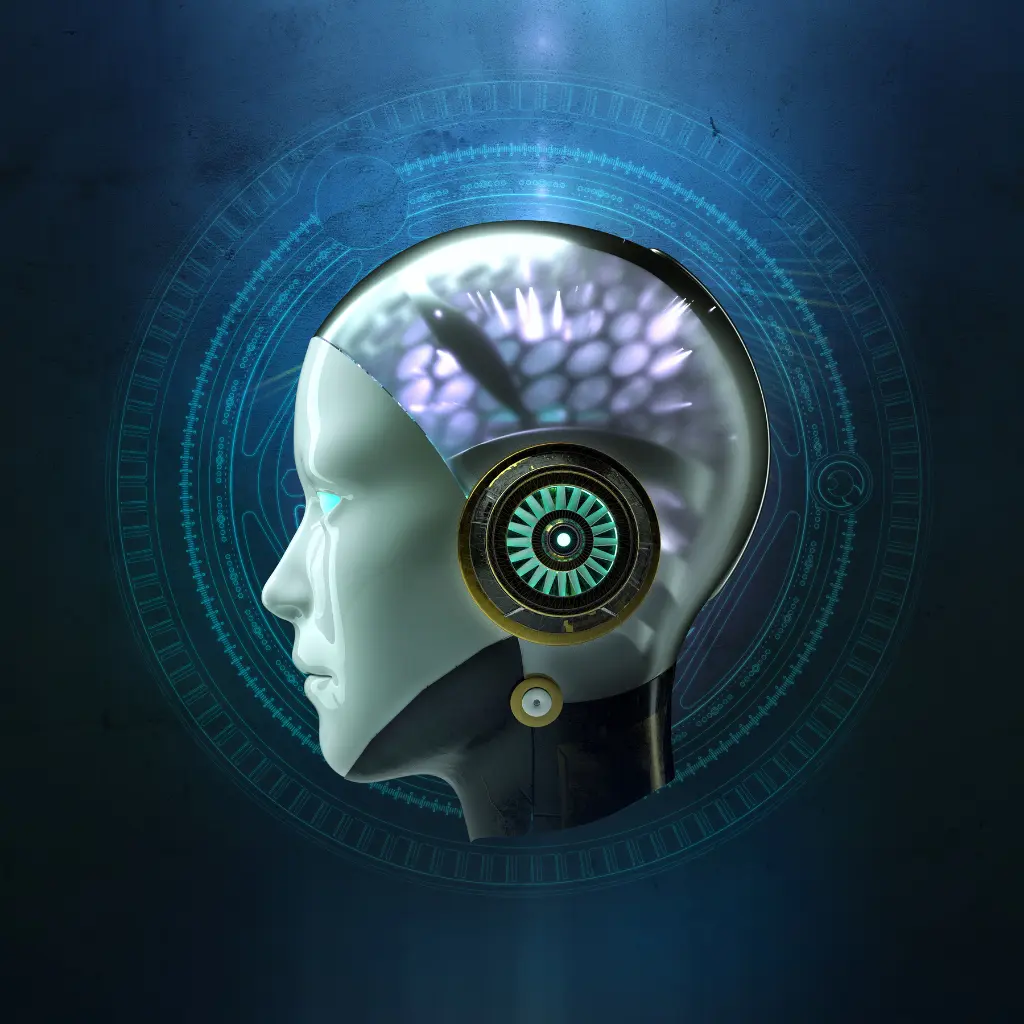
Smart Governance
How Artificial Intelligence is Revolutionizing Public Safety and Smart Cities
Government and public services, the bedrock institutions that shape our societies, are not immune to the wave of innovation by Artificial Intelligence.
The applications are as diverse as they are impactful. Think Smart Cities that utilize AI algorithms to optimize traffic flow and reduce pollution or Public Safety measures that use machine learning to predict and prevent incidents.
Even on the policy front, AI-enabled Policy Analysis tools are helping to create more effective and targeted policies. Add Fraud Detection to the mix, and you have a rapidly evolving sector due to technological advances.
This article category aims to shed light on these groundbreaking changes and explore how AI is redefining governance and public service delivery.
History of AI in Government and Public Services
AI has played a pivotal role in government and public services. Initially used for data analysis in the mid-20th century, AI’s potential expanded in the 21st century. In the early 2000s, governments employed AI for predictive analytics in areas like crime prevention and healthcare resource allocation. AI-powered chatbots improved citizen services, handling inquiries and reducing administrative burdens.
AI bolstered security and intelligence with advanced surveillance and data mining techniques. In 2020, during the COVID-19 pandemic, AI aided in contact tracing, vaccine distribution, and drug discovery. Additionally, AI helped automate administrative tasks, improving efficiency in bureaucracy.
However, AI’s adoption also raised ethical concerns, including data privacy and bias. Governments grappled with regulation and oversight. Despite these challenges, AI remains integral to modern governance, with potential applications in policy analysis, disaster management, and smart city development, promising a more responsive and data-driven public sector.







